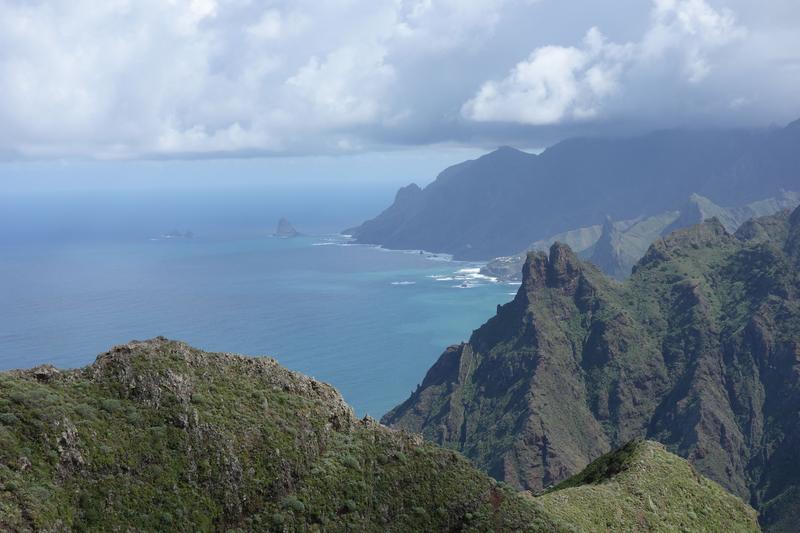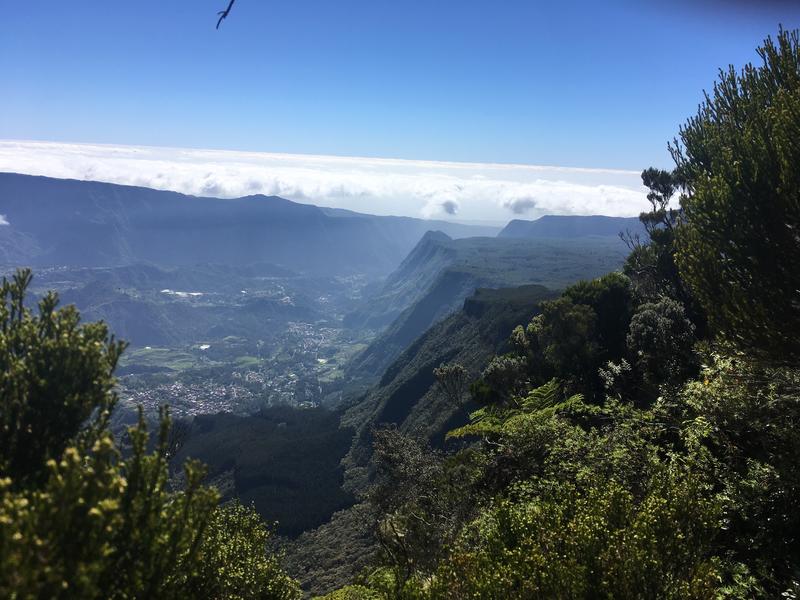The Anaga Mountains on Tenerife. The one-legged bunting Emberiza alcoveri and the slender-billed greenfinch Carduelis aurelioi, both extinct on Tenerife, are rare examples of small flightless birds of which fossils have been found. Photo: Manuel Steinbauer.
The number of bird species that have adapted to the unique conditions on islands by losing their ability to fly is - as the new study shows - considerably larger than assumed. In fact, this evolutionary adaptation has taken place about four times more often than one would think if calculations are based solely on contemporary living birds.
"What we perceive as 'natural' is often significantly influenced by humans. Anthropogenic effects are often so severe that we are unable to understand the original natural processes. The evolution of flightlessness in birds is a good example. Our analyses show that, in more than half of all bird orders, at least one bird species has lost the ability to fly. Evolution has thus shown in at least 150 independent cases that becoming flightless provided an advantage on islands", says Prof. Dr. Manuel Steinbauer from the University of Bayreuth.
With the absence of terrestrial predators on isolated oceanic islands, the ability to fly often brought more disadvantages than advantages for birds. As a result, flightless birds that were larger than their ancestors developed on such islands. They often took advantage of food resources that are on the mainland exploited by large mammals. As a result, these highly adapted flightless birds survived in their natural habitats for hundreds of thousands of years. Yet ultimately, these species became easy prey for humans. The Dodo is probably one of the most famous examples. This flightless bird, about one metre tall, was discovered on the island of Mauritius as a popular food for sailors until it became extinct.
Together with partners at the University of Gothenburg, the Institute of Zoology in London, and the Royal Botanic Gardens, Kew, Prof. Dr. Manuel Steinbauer has systematically evaluated data on the of flightlessness from a wide range of sources. His work confirms that there have been hotspots of this global phenomenon. Hawaii and New Zealand, for example, were each home to more than 20 species of flightless birds, including giant geese or moa.
"We have fossil evidence for a total of 581 bird species that have been exterminated by humans. Adding them to the bird species still living today, increases the total number of bird species only by five percent. But the proportion of flightless bird species increases fourfold", says Steinbauer.
Contact for scientific information:
Professor Dr. Manuel Steinbauer
University of Bayreuth
Phone: +49 (0)921 / 55-5834
E-Mail: manuel.steinbauer@uni-bayreuth.de
Original publication:
F. Sayol, M. J. Steinbauer et al.: Anthropogenic extinctions conceal widespread evolution of flightlessness in birds. Science Advances (2020), Vol 6, no. 49. DOI: https://dx.doi.org/10.1126/sciadv.abb6095





